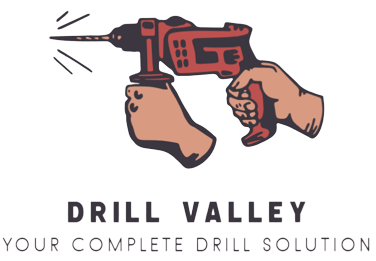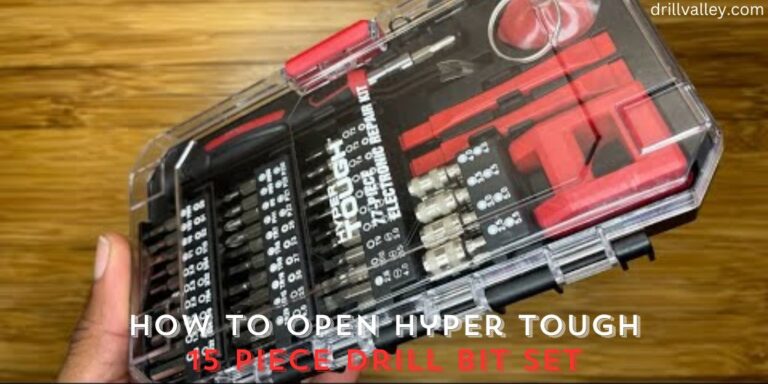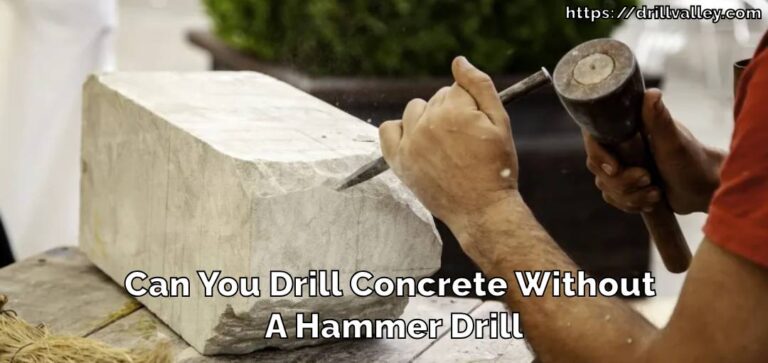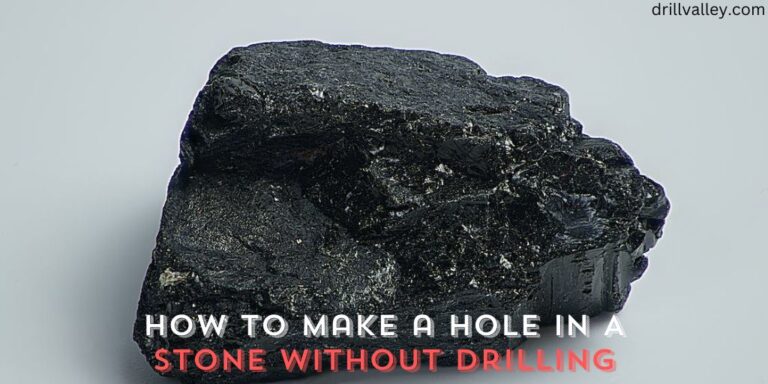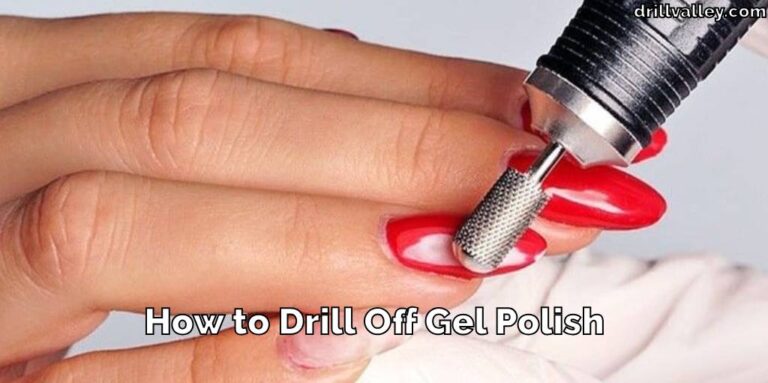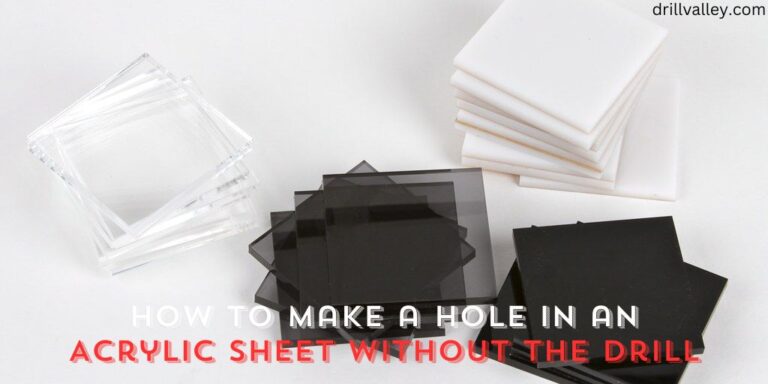How to Drill Asbestos
When it comes to drilling into materials that contain asbestos, being careful is key because of the health risks linked to asbestos fibers. Asbestos was once widely used in buildings for its strong and heat-resistant qualities.
But, it becomes a hazard when disturbed, as the fibers can float into the air. If these fibers are inhaled, they can lead to serious health issues like lung diseases and certain types of cancer.

This guide aims to show you How to Drill Asbestos-containing materials. The focus is on protecting not just the person doing the work but also keeping the surrounding environment free from asbestos contamination.
We’ll guide you through selecting the proper tools and adhering to safety protocols. This isn’t just about personal safety; it’s about ensuring that the dangerous fibers are kept under control during the drilling process to maintain a safe environment for everyone involved.
Tools We Need to Drill Asbestos
When preparing to drill into asbestos, it’s critical to have the proper tools to ensure safety and minimize the release of harmful fibers. Here’s a detailed list of what you will need:
- A P3-rated disposable dust mask or a half-face respirator with P3 filters: These are designed to filter out very fine particles, including asbestos fibers, protecting your lungs from harmful dust.
- Disposable coveralls with a hood: These one-piece protective suits cover your body and clothing to prevent asbestos fibers from settling on your clothes or skin.
- Nitrile gloves: Wear these to keep your hands free from contamination and to prevent the spread of asbestos fibers.
- Plastic drop sheet: This is spread over the floor and surfaces to catch any asbestos dust that falls, which makes cleanup safer and easier.
- Low-speed battery-powered drill: A drill that operates at a lower speed reduces the risk of asbestos fiber becoming airborne. Avoid using a high-speed drill as it can release more fibers into the air.
- Drill bits that match the material to be drilled: Ensure you have the correct drill bits for the specific type of asbestos material you are working with, such as asbestos cement or tiles.
- Industrial vacuum cleaner with a HEPA filter: This type of vacuum is necessary for safe cleanup. The HEPA filter can trap very small particles that regular vacuums might release back into the air.
- Spray the bottle with water and a few drops of detergent: The water suppresses dust, while the detergent helps to wet the asbestos fibers, making them less likely to become airborne.
- Clear polythene waste bags: These are used to dispose of asbestos waste, including dust, debris, and disposable clothing after the job is done.
- Duct tape: Use this to seal the polythene waste bags and also to secure the plastic drop sheets in place.
It’s essential to have all these items on hand before you start drilling to protect yourself and others from asbestos exposure. Each tool and piece of equipment plays a role in ensuring that you can do the job as safely as possible.
How To Drill Asbestos (Step by Step)
Drilling into asbestos needs careful handling because of the health risks from the fibers. Here’s a straightforward guide to do it safely:
Preparation
First up, secure the area. Lay down heavy-duty plastic sheets to catch any dust from the drilling. Use strong duct tape to keep these sheets in place and seal off the space.

Wetting
Before drilling, lightly spray the asbestos material with water mixed with a bit of detergent. This dampens the asbestos, making it less likely to release dust and fibers into the air as you drill.
Personal Protective Equipment (PPE)
Wear the right safety gear. This means a high-quality mask or respirator to protect your lungs, a disposable suit to cover your entire body, and gloves. This gear is your defense against inhaling or coming into direct contact with asbestos fibers.
Drilling
Use a battery-operated drill set to a low speed. Apply gentle pressure and keep your hand steady to avoid unnecessary damage. Avoid using the hammer function on the drill as it can break the asbestos more and release more fibers.
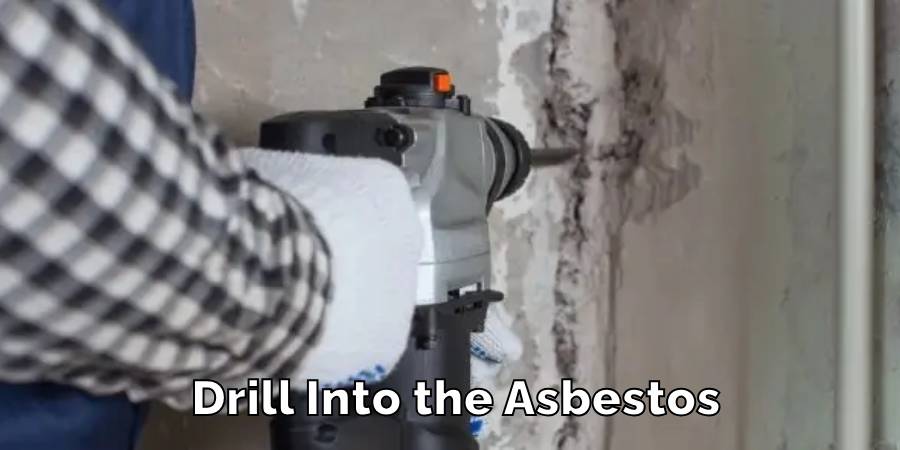
Clean-Up
Don’t just brush off the dust. Instead, use a vacuum with a HEPA filter to clean up the dust. HEPA filters can catch very tiny particles, so it helps ensure the dust doesn’t stay in the air.
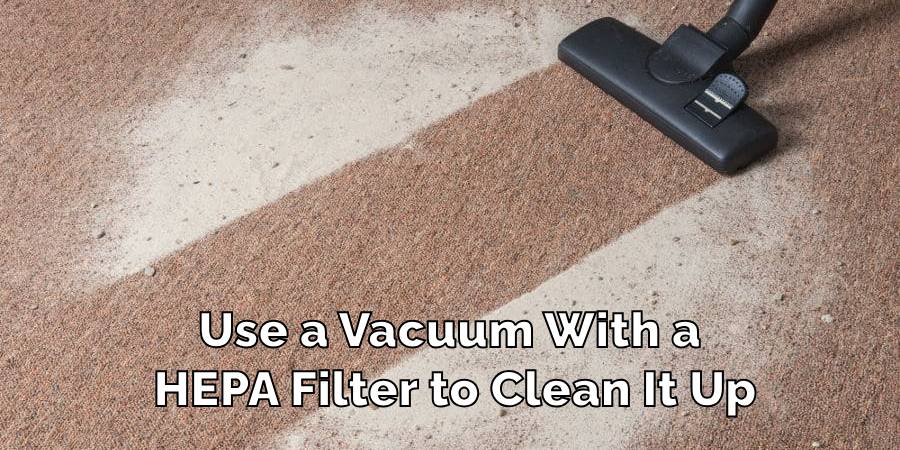
Dispose of asbestos waste, including your used protective gear, in thick plastic bags. Seal them well with duct tape to prevent any dust from escaping.
Decontamination
Afterward, carefully remove and dispose of your protective gear. Clean your tools following safety guidelines to remove any asbestos. And don’t forget to take a good shower to wash off any dust on your skin.
By following these steps, you can drill into asbestos-containing materials with a lower risk of releasing harmful fibers. Always remember to stick to local laws and guidelines on handling asbestos. When in doubt, it’s safer to call in professionals.
Conclusion
Drilling into asbestos requires understanding the risks and the meticulous application of safety measures. While the process is complex, it can be done safely with the right tools and procedures.
This guide has outlined the critical steps and precautions necessary to minimize exposure to asbestos fibers, ensuring the safety of individuals and the environment.
Remember, safety is paramount when dealing with asbestos. Always consult with a professional if in doubt, and adhere to local regulations and guidelines for handling asbestos-containing materials. This article has explored how to drill asbestos.
